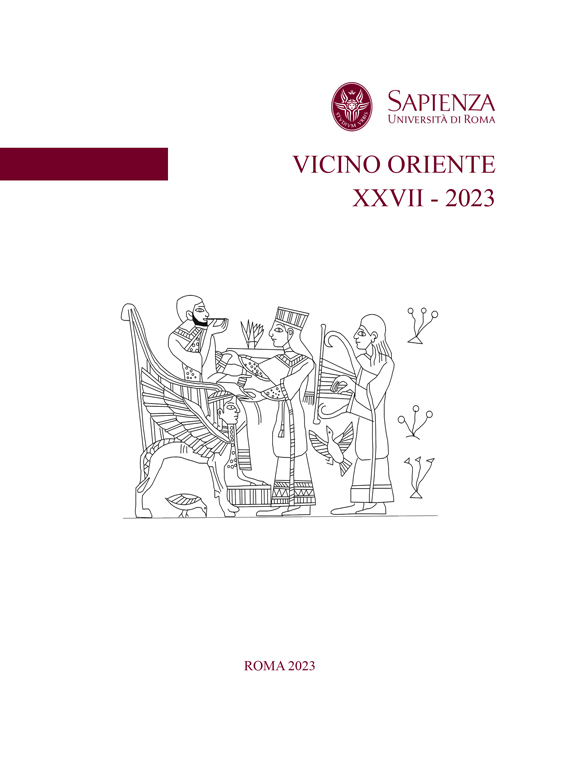Abstract
The properties of a plant determine its meaning. The presence within an ecosystem determines its preciousness. Sacredness and nature are elements that go hand in hand, when a natural element is recognized as valuable, it assumes a certain role within the sacred and social imagination. Just like the palm in Mesopotamia, which is defined as “providence” thanks to its ability to provide fruit and wood, the myrtle, although less known to archaeologists, is not to be considered less important. Its presence in the iconography remains more difficult to identify, the references in epigraphs less clear, however, some archaeological contexts and lexical comparisons, attest its presence throughout the Eastern Mediterranean. The representation of one plant with respect to another denotes a knowledge of the same and its principles; in this case the myrtle is attested in written sources since the Early Bronze Age, known for its healing properties, however, the identification in the iconography still remains rather difficult and ambiguous. But, despite this, by placing the identifications in the paintings and its presence within epigraphic contexts, they make it possible to deduce its role within sacred and social contexts.

This work is licensed under a Creative Commons Attribution-NonCommercial-NoDerivatives 4.0 International License.
Copyright (c) 2023 VICINO ORIENTE

